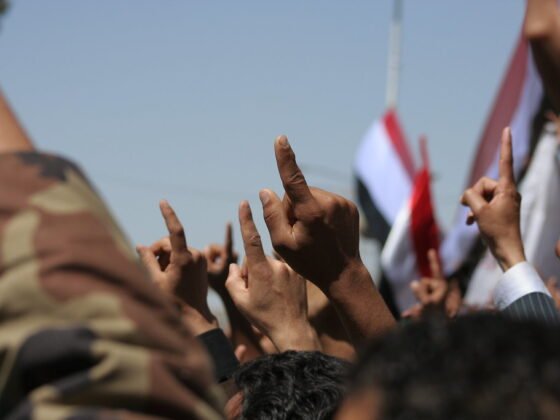(Point & Counterpoint) The Russian Orthodox Church (ROC) is building more and more new churches—30,000 in the past ten years, according to Patriarch Kirill. It has also steadily claimed and received the property rights to historical church buildings that have for decades served as public museums. Among the donors to the ROC are some of Russia’s largest corporations. The Kremlin has used the ROC as an important ideological resource, while the Russian people have listed the ROC among the most trusted institutions in Russia—behind the armed forces, the president, and the Federal Security Service.
But while the ROC enjoys trust as an institution, when it comes to moral or cultural issues such as abortion, school education, or art, the Church’s interference is not especially appreciated, and its opinions remain largely unheeded. When asked in a public opinion survey which school subjects they deem most important, the Russian people ranked religious education at the very bottom of the list. The ROC’s attempt to extend religious instruction to students at all grade levels has failed quite spectacularly; it is currently taught only in fourth grade, and even then it is not an obligatory subject.
Episodes pointing to rising exasperation with the Church’s expansionist mode have become more frequent. In the spring of this year, mass protests in Yekaterinburg against the construction of a church in a public park forced the Church to retreat and move the planned construction to a different site. In recent years, similar protests have been staged in other Russian cities, including Moscow. In a recent article devoted to Patriarch Kirill’s tenth anniversary as head of the ROC, Aleksey Makarkin spoke about the “rise of anticlericalism” in Russia. Maria Lipman interviewed Makarkin about the causes, nature, and scope of popular disaffection with the Church.












